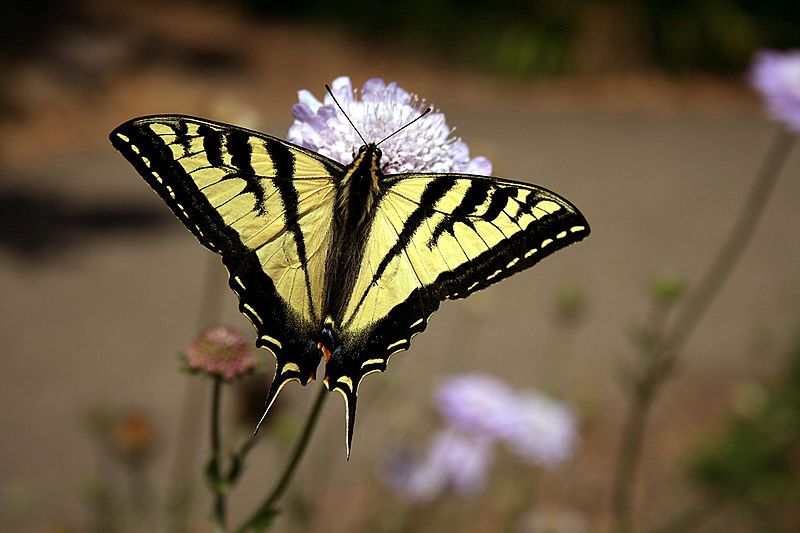
I can’t believe it is the end of another exciting and fun filled week of animal facts. We are going to end it with a common butterfly that can be found throughout Western North America. The Western Tiger Swallowtail most likely gets the “Tiger” part of its name since it has a similar appearance as a tiger (sort of). Don’t get me wrong, I highly doubt anyone would mistake this butterfly for a tiger.
The Western Tiger Swallowtail tends to hang out close to water, along canyons and even in our beloved city parks. Although the adult version of this butterfly is beautiful, I find the larvae much more interesting. Let’s discuss how we get to the larvae stage first. The adult swallowtail will lay deep green, shiny, spherical eggs on the underside of a leaf. Four days later the caterpillars will emerge from these eggs. Now this is the interesting part (well to me, anyway!)
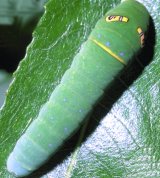
The caterpillar of the Western Tiger Swallowtail actually resembles bird droppings when they first emerge. They will molt five times and as they molt they turn to a bright green colour with a pair of yellow eye-spots. It is important that they turn green as it helps camouflage them with their food, leaves. During the summer months the caterpillars can pupate into butterflies 15 days after they emerge from the eggs. If the eggs are laid in the fall though then the butterfly is going to have to wait until spring before getting to stretch their tiger wings. If they over-winter in the pupae stage they will turn to a brown colour and simply look like a piece of wood. Again, this is an excellent camouflage strategy. I find it fascinating how they have developed this mechanism for camouflage over the years.
Well that does it for me today folks. Enjoy your weekend!


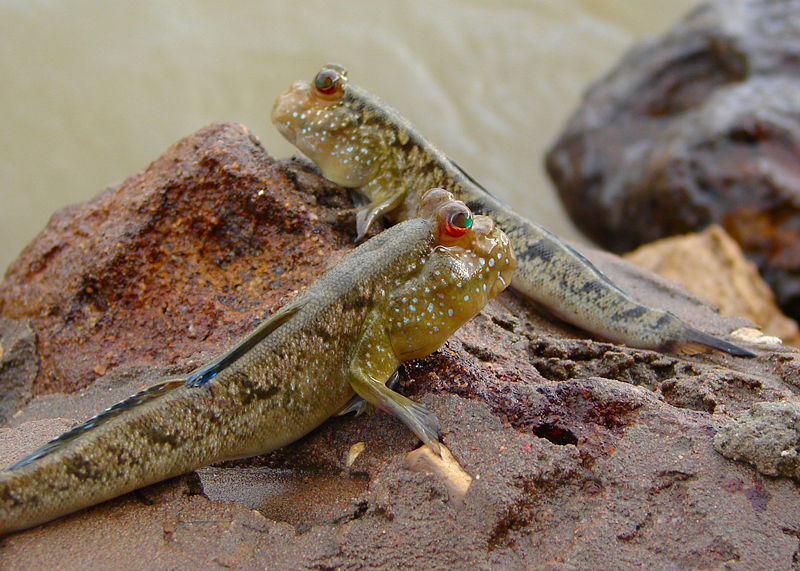
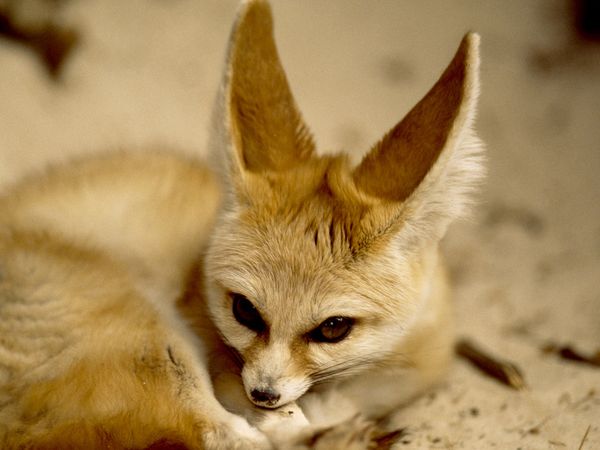
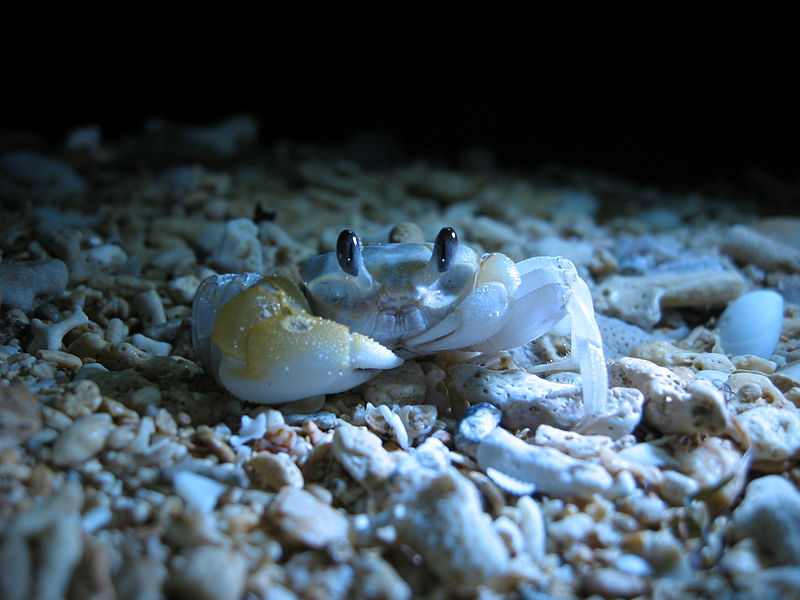
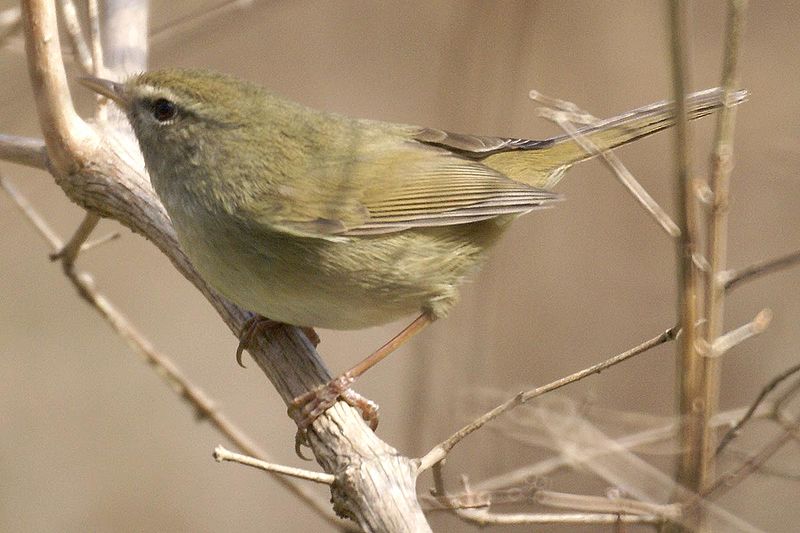
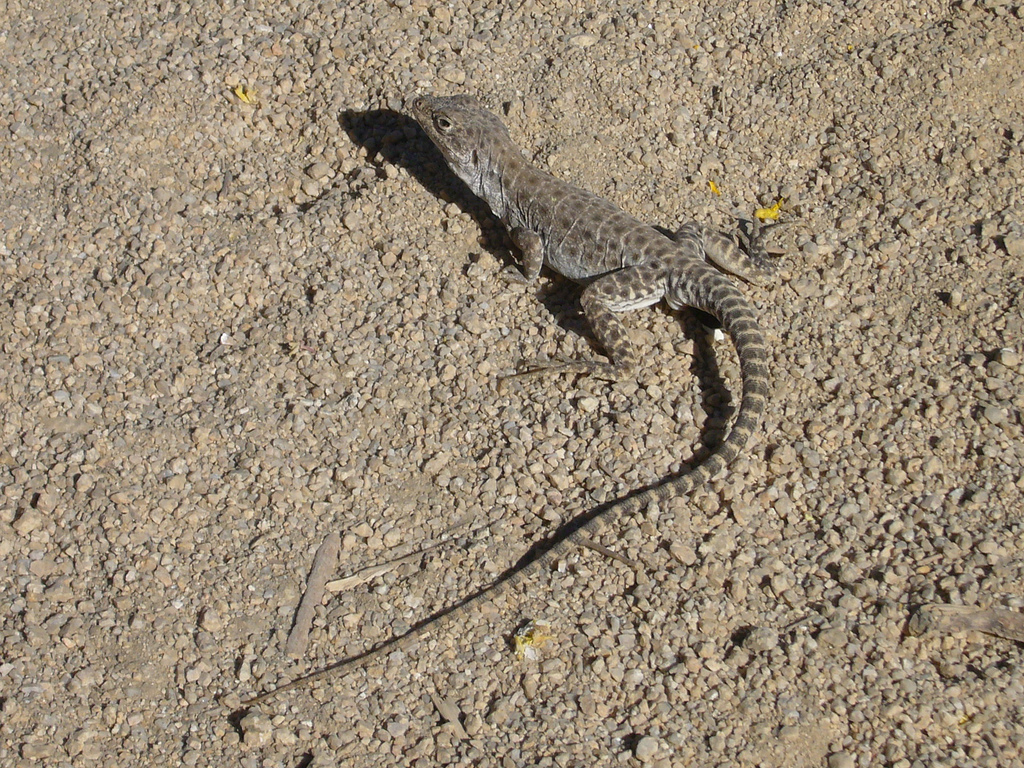
What do the caterpillars eat?